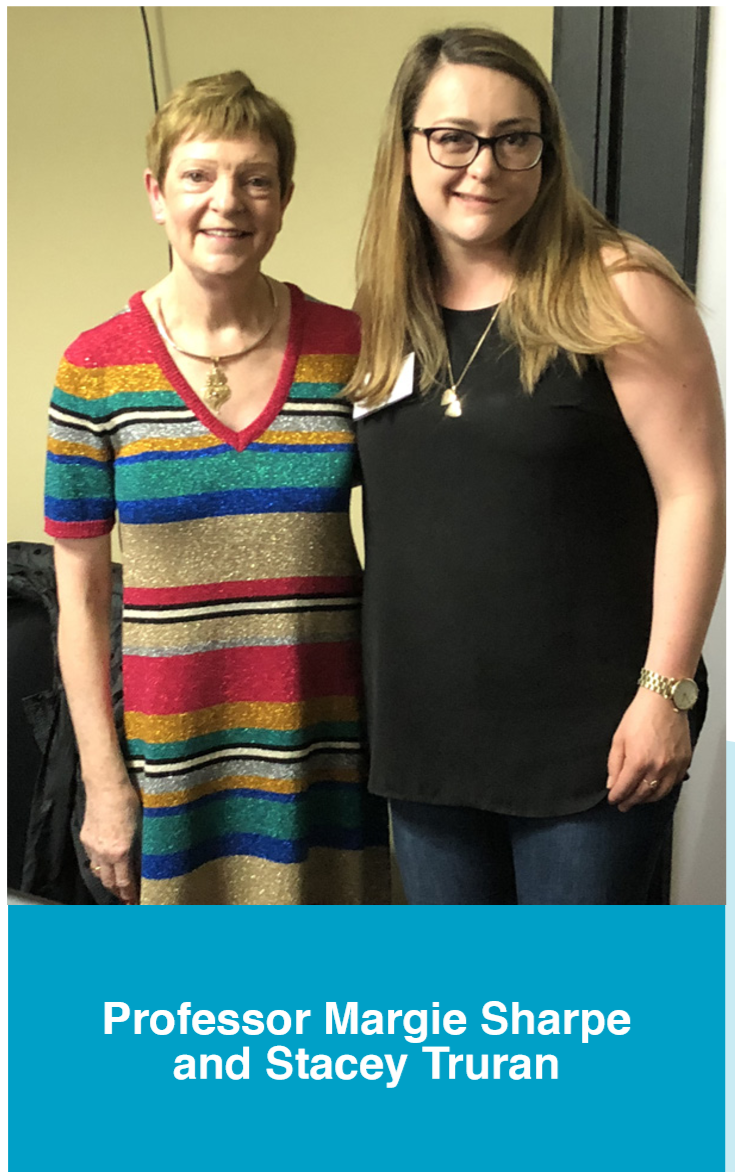

Stacey SA/NT State Contact Officer, said of Margie’s talk, “Margie provided a Q&A session with ANAA members and it was fabulous! We spoke about the impact of vestibular injuries, treatment options, rehabilitation and the incredible idea of pre-habilitation! I’m sure there’s not many who have actually heard of pre-habilitation (I had not) so I’ll explain a bit of the idea behind it.
Often, when someone has surgery to remove an AN, it is recommended to perform some kind of rehabilitation (post-op), sometimes at a rehab clinic and sometimes with a neuro-physio.
Margie discussed the idea of seeing a physiotherapist before any surgery or treatment to enable your body to prepare for changes to the vestibular nerve before an operation or significant event. The idea behind this is that, it can be quite difficult to recover but if your body knows how it can help itself beforehand it’ll be easier than learning this while your body is trying to recover! Margie had a lot of valuable insights into the whole AN journey, a lot of suggestions for steps to take post diagnosis and during recovery (if relevant).
We also discussed the importance of a team of healthcare professionals during the AN journey, as no one medical professional can know all!
Our members all gained a lot from the experience, I know I certainly did!
Thank you
Disclaimer for ANAA; “The ANAA does not endorse or specifically recommend any particular product, physician, surgeon, specialist, nor any particular procedure or medical institution. “
What is an Acoustic Neuroma
An Acoustic Neuroma (or Vestibular Schwannoma) is a benign encapsulated tumour which arises from the 8th cranial nerve. The 8th cranial nerve is actually two separate nerves, one associated with balance and the other with hearing and it is here that this tumour usually arises from either one of these nerves in the bony internal auditory canal between the inner ear and brain. The 7th nerve which services facial movement also passes through this canal as do important blood vessels. These tumours are usually slow growing but as they expand they begin to press on the hearing, balance, and other nerves. They can then extend into the area at the base of the brain and press on the vital structures of the brain, which can be life threatening.
